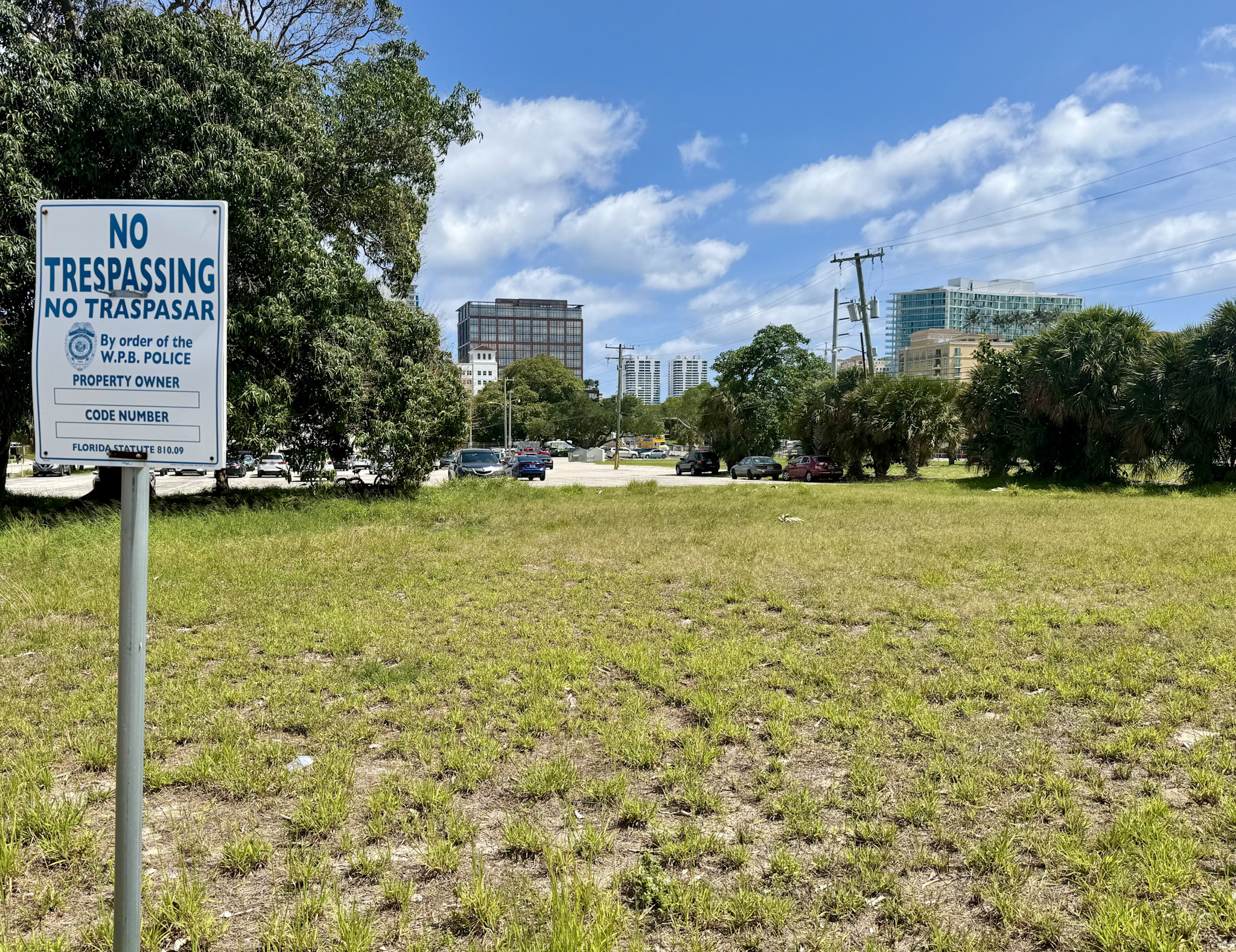
Glimpact Advances Sustainability in Apparel Industry at PI Apparel New York 2025
Introduction
On June 24, 2025, Glimpact, the pioneering platform for analyzing the systemic environmental impact of products and organizations, announced the participation of its CEO and Founder, Christophe Girardier, at PI Apparel New York 2025. The event highlights the critical role of sustainability in transforming brand-supplier relationships within the apparel sector, aligning closely with the United Nations Sustainable Development Goals (SDGs), particularly SDG 12 (Responsible Consumption and Production) and SDG 13 (Climate Action).
Event Participation and Focus
- Keynote and Panel Discussion: Christophe Girardier will deliver insights on the evolving dynamics between brands and suppliers, emphasizing sustainability as a strategic differentiator for innovative businesses. His presentation will underline the necessity of collaboration across the supply chain to achieve meaningful environmental progress.
- Exhibition: Glimpact will exhibit at Booth #2, showcasing how its platform enables companies to measure and reduce their environmental footprints effectively.
- Panel Session: On June 25th at 11:15 am EDT, Girardier will join a panel titled “Collaboration is Broken – How Do We Fix Brand-Supplier Relationships?” The discussion will explore how sustainability can serve as the foundation for stronger partnerships, essential for meeting ambitious environmental targets aligned with SDG 17 (Partnerships for the Goals).
Panel Participants
- Liza Deyrmenjian – Domestic Manufacturing Expert, Educator, and Sustainability Leader at The Cutting Room
- Miranda Morrison – Vice President, Design & Sustainability at Steve Madden
- Alexander Snyder – Clinical Assistant Professor, Arizona State University
Key Messages on Sustainability and Supply Chain Collaboration
- Approximately 90% of a fashion product’s environmental impact occurs during raw material production and specific manufacturing processes such as dyeing, weaving, or knitting.
- Brands committed to sustainability must engage with all tiers of their supply chains, from raw material suppliers to final assemblers, to drive impactful change.
- Effective sustainability requires mutual support: suppliers need investment and backing from brands to innovate sustainably, while brands depend on supplier innovation to meet environmental goals.
- This collaborative approach fosters a virtuous cycle, transforming ecological challenges into opportunities for resilient partnerships, directly supporting SDG 9 (Industry, Innovation, and Infrastructure).
Global Impact Score: A Tool for Comprehensive Environmental Assessment
Glimpact recently launched the Global Impact Score, North America’s first publicly accessible online life cycle assessment tool for apparel products. This tool evaluates environmental footprints based on the Product Environmental Footprint (PEF) methodology, encompassing 16 environmental indicators beyond carbon emissions. It supports compliance with the EU’s Ecodesign for Sustainable Products Regulation (ESPR), advancing SDG 12 by promoting transparency and eco-design in product manufacturing.
Findings from the Fashion Apparel Study
Using the Global Impact Score, Glimpact conducted a comprehensive study analyzing over 100 apparel products from leading brands including Patagonia, Reformation, H&M, and Ralph Lauren. Key findings include:
- Over 90% of environmental impact originates before product assembly, mainly during raw material production and processing.
- Carbon emissions account for only 23% of the total impact; other factors such as water usage, land use, and eco-toxicity are significant contributors.
- Simple interventions, like selecting alternative cotton sources or optimizing dyeing processes, can reduce environmental impact by up to 40%.
About Glimpact
Glimpact operates across New York, France, and Belgium as a sustainability venture dedicated to enabling comprehensive environmental impact assessments for products and organizations. Utilizing the EU-adopted PEF methodology, Glimpact empowers stakeholders to identify and implement effective environmental reduction strategies, supporting SDG 13 (Climate Action) and SDG 17 (Partnerships for the Goals).
The company has been recognized by the French government and the European Commission for its leadership in environmental labeling and regulatory implementation across sectors including food, textiles, batteries, and photovoltaic solar panels.
Glimpact collaborates with major industry players such as Lacoste, Decathlon, Mars, Gant, Carrefour, and others to advance sustainable production and consumption practices.
Contact Information
For further information about Glimpact’s solutions, Global Impact Score, or to arrange a meeting with Christophe Girardier at PI Apparel New York 2025, please contact:
- Email: product-na@glimpact.com
- Media Contact: Olivia Ludington, Firecracker PR (olivia@firecrackerpr.com)

1. Sustainable Development Goals (SDGs) Addressed or Connected
- SDG 12: Responsible Consumption and Production
- The article focuses on reducing the environmental footprint of apparel products through life cycle assessment and sustainable practices.
- SDG 13: Climate Action
- Emphasis on reducing carbon emissions and other environmental impacts in the fashion industry.
- SDG 17: Partnerships for the Goals
- The article highlights the importance of collaboration between brands and suppliers to achieve sustainability goals.
2. Specific Targets Under Those SDGs Identified
- SDG 12 Targets
- Target 12.2: Achieve the sustainable management and efficient use of natural resources.
- Target 12.5: Substantially reduce waste generation through prevention, reduction, recycling, and reuse.
- Target 12.6: Encourage companies to adopt sustainable practices and sustainability reporting.
- SDG 13 Targets
- Target 13.2: Integrate climate change measures into policies, strategies, and planning.
- SDG 17 Targets
- Target 17.16: Enhance the global partnership for sustainable development, complemented by multi-stakeholder partnerships.
3. Indicators Mentioned or Implied to Measure Progress
- Product Environmental Footprint (PEF) Indicators
- Measurement of 16 environmental indicators across the life cycle of apparel products, including carbon emissions, water use, land use, and eco-toxicity.
- Global Impact Score as a tool to assess and monitor these indicators.
- Carbon Emissions
- Carbon emissions representing 23% of total impact, used as a key indicator for climate action.
- Environmental Performance Compliance
- Compliance with the EU’s Ecodesign for Sustainable Products Regulation (ESPR) requiring environmental performance declarations.
- Reduction in Environmental Impact
- Indicators related to reduction percentages in environmental impact through changes in raw material sourcing and manufacturing processes (e.g., up to 40% reduction).
4. Table of SDGs, Targets, and Indicators
| SDGs | Targets | Indicators |
|---|---|---|
| SDG 12: Responsible Consumption and Production |
|
|
| SDG 13: Climate Action |
|
|
| SDG 17: Partnerships for the Goals |
|
|
Source: globenewswire.com







